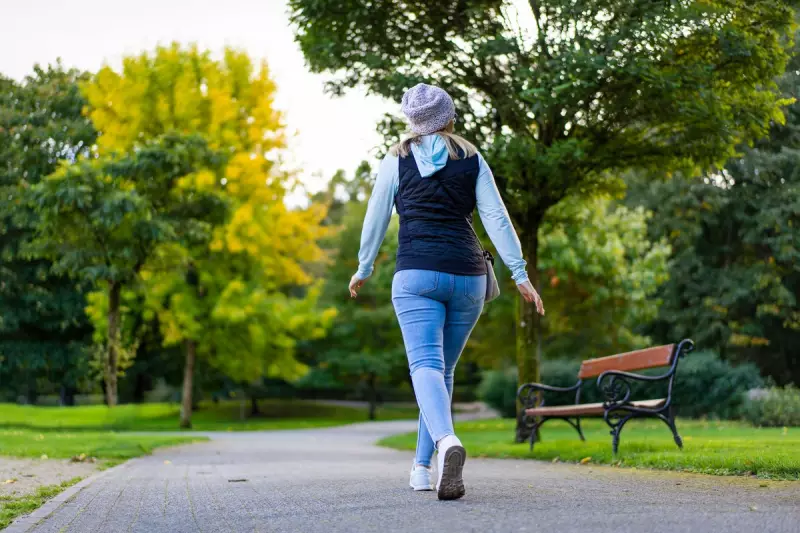
In an unexpected twist for fitness enthusiasts, walking backwards is gaining scientific credibility as a powerful therapeutic exercise with multiple health advantages. Recent research reveals this unconventional approach offers significant benefits that forward walking simply can't match.
Why Backwards Walking Works Wonders
Walking in reverse isn't just a novelty—it's a biomechanically different movement that engages muscles and joints in unique ways. Studies demonstrate that retro walking places less stress on knee joints while simultaneously strengthening key muscle groups that support proper alignment and movement.
Key Health Benefits Revealed
- Knee Pain Relief: Backwards walking reduces impact on knee joints by up to 30%, making it ideal for arthritis sufferers and those recovering from injuries
- Enhanced Balance and Coordination: The unfamiliar movement pattern challenges your proprioception, improving overall stability
- Strengthened Leg Muscles: Targets underused hamstring and calf muscles, creating better muscular balance
- Improved Cognitive Function: Navigating backwards requires heightened spatial awareness and mental focus
- Calorie Burning Boost: Burns more calories than forward walking at the same speed due to increased effort
How to Incorporate Retro Walking Safely
For those new to backwards movement, experts recommend starting on a treadmill while holding the handrails for support. Begin with slow speeds of 1-2 km/h and gradually increase as confidence grows. Outdoor practitioners should choose flat, obstacle-free surfaces and consider having a spotter initially.
The Science Behind the Movement
Research from the British Journal of Sports Medicine confirms that retro walking alters gait patterns in ways that protect vulnerable joints while building supportive musculature. The shortened, more frequent steps characteristic of backwards movement distribute weight more evenly across the foot, reducing pressure points.
Physical therapists are increasingly incorporating backwards walking into rehabilitation programmes for knee replacement patients and athletes recovering from sports injuries. The controlled nature of the movement allows for gradual strengthening without excessive joint stress.
A Growing Trend in UK Fitness
Across Britain, fitness professionals are embracing this innovative approach. London-based physiotherapist Sarah Jenkins notes: "We're seeing remarkable results with patients who'd plateaued with conventional exercises. Backwards walking provides that novel stimulus that reactivates healing and strengthening processes."
As research continues to validate its benefits, backwards walking is transitioning from quirky fitness hack to evidence-based practice. Whether you're managing chronic knee issues or simply seeking to enhance your workout routine, this reverse approach might just be the forward-thinking solution you need.





